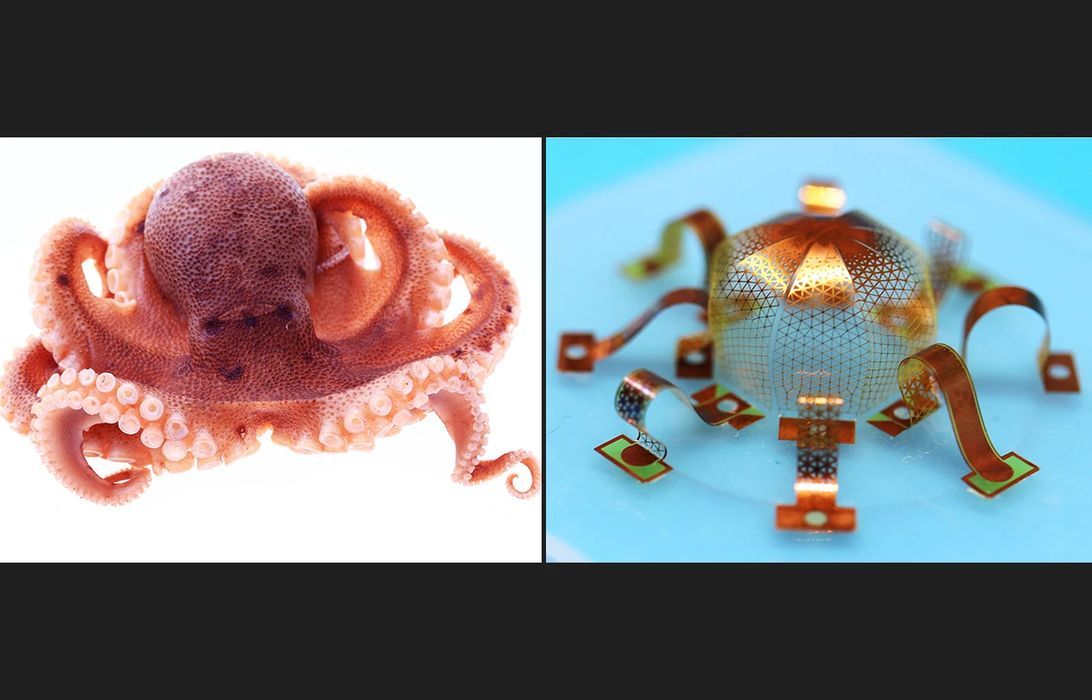
Researchers have developed a method of 3D printing highly unusual “mesosurfaces”.
The problem being solved here is how to replicate some of the highly functional biological surfaces made by nature. Some of these biosurfaces exhibit very useful functionality. For example, flower petals may repel water, or provide a porous surface for multiple applications.
Normally such surfaces, called “mesosurfaces” cannot be 3D printed because there is no way to digitally create them, but the research has developed a method of generating them, and it’s quite unusual.
They began with a 2D concept, where they developed a structure composed of triangles and segments that could be generated through software. This flat mesosurface structure did mimic some properties of the biosurfaces.
The next step was to take that surface and “wrap” it into a 3D shape. This placed the pseudo-biosurface on the outside of a 3D object, and could be done for arbitrary 3D models.
The researchers explain:
“We report a rational microlattice design that allows transformation of 2D films into programmable 3D curved mesosurfaces through mechanically guided assembly. Analytical modeling and a machine learning–based computational approach serve as the basis for shape programming and determine the heterogeneous 2D microlattice patterns required for target 3D curved surfaces.”
The researchers were able to design 30 different geometries using this approach.
What can you do with this technique? The researchers explain:
“Demonstrations include a conformable cardiac electronic device, a stingray-like dual mode actuator, and a 3D electronic cell scaffold. , Rational inverse design of 3D shapes Nature has a wide range of tools for making cellular microstructures, such as those found in flowers, leaves, and other biological tissues.”
As this is a 3D model generation technique, the output could be 3D printed by a variety of 3D printing processes, including polymer, metal or other materials.
This could open up a new series of 3D printable application for industry as researchers continue to discover new uses for mesosurfaces.
Via ResearchGate and Nature
